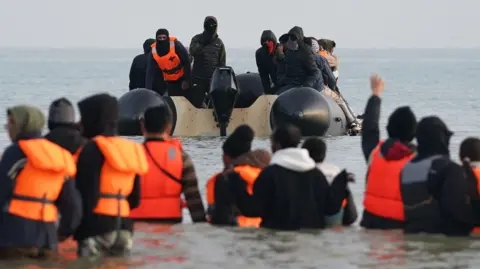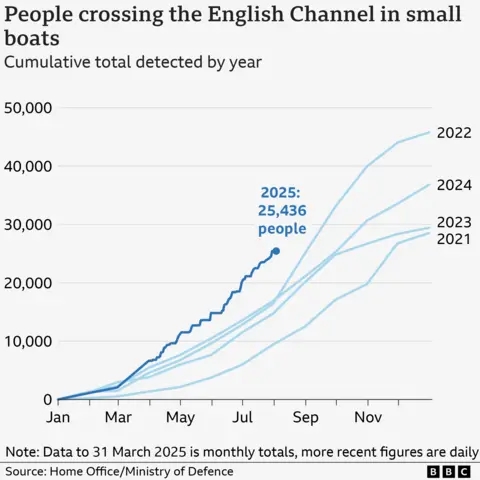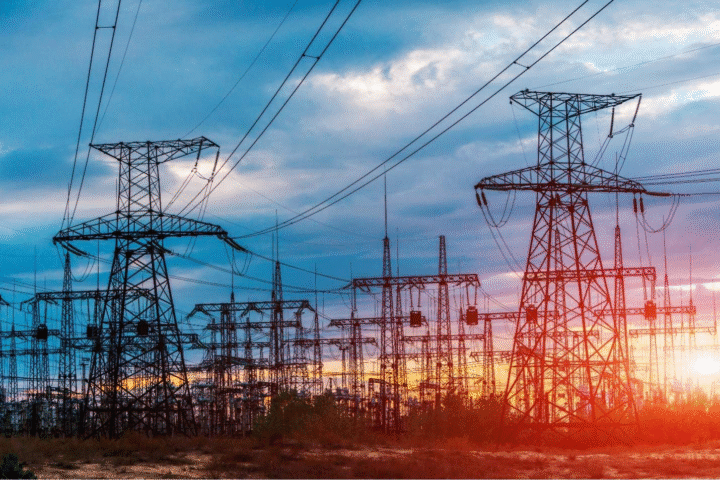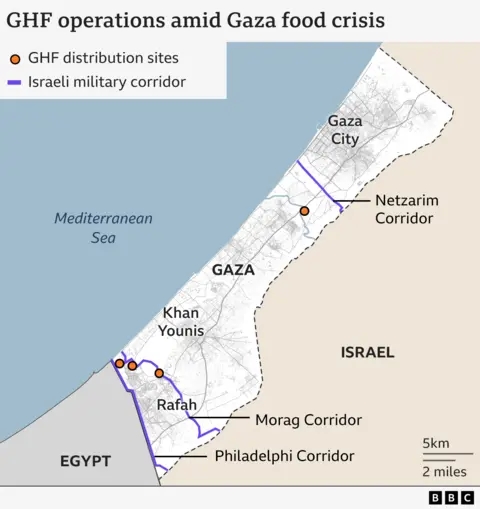Over 25,000 migrants have arrived in the UK via small boats this year, marking the earliest point on record that this threshold has been reached. The figure surpasses previous years, with the highest annual total recorded in 2022 at 45,755 crossings. Since 2018, more than 170,000 people have made the perilous journey across the English Channel.
In response, the UK and France have reached an agreement to return some migrants under a “one in, one out” arrangement. For each individual sent back, France would transfer an asylum seeker to the UK—potentially someone with family ties to the country. The initial phase could involve around 50 migrants exchanged weekly, though critics argue this would barely dent the current influx.
Efforts to curb crossings include increased cooperation with French authorities, targeting smuggling networks, and intercepting vessels near shorelines. The UK has also imposed sanctions on suspected smugglers, freezing assets and restricting travel. Additionally, a new Border Security Command is being established with £150 million in funding.
Despite these measures, fatalities remain a grim reality. At least 82 migrants have died attempting the crossing in 2024 alone, the deadliest year yet. Overcrowded and unseaworthy boats have heightened risks, with Afghans, Syrians, and Iranians making up the majority of arrivals.
While the UK processes asylum claims, only a small fraction of arrivals—about 3%—have been returned to their home countries since 2018. Meanwhile, Europe faces its own challenges, with over a million asylum applications last year, led by Germany, France, and Italy.
The debate over migration policies continues, with critics questioning whether current strategies will effectively deter crossings or merely redistribute the flow.









